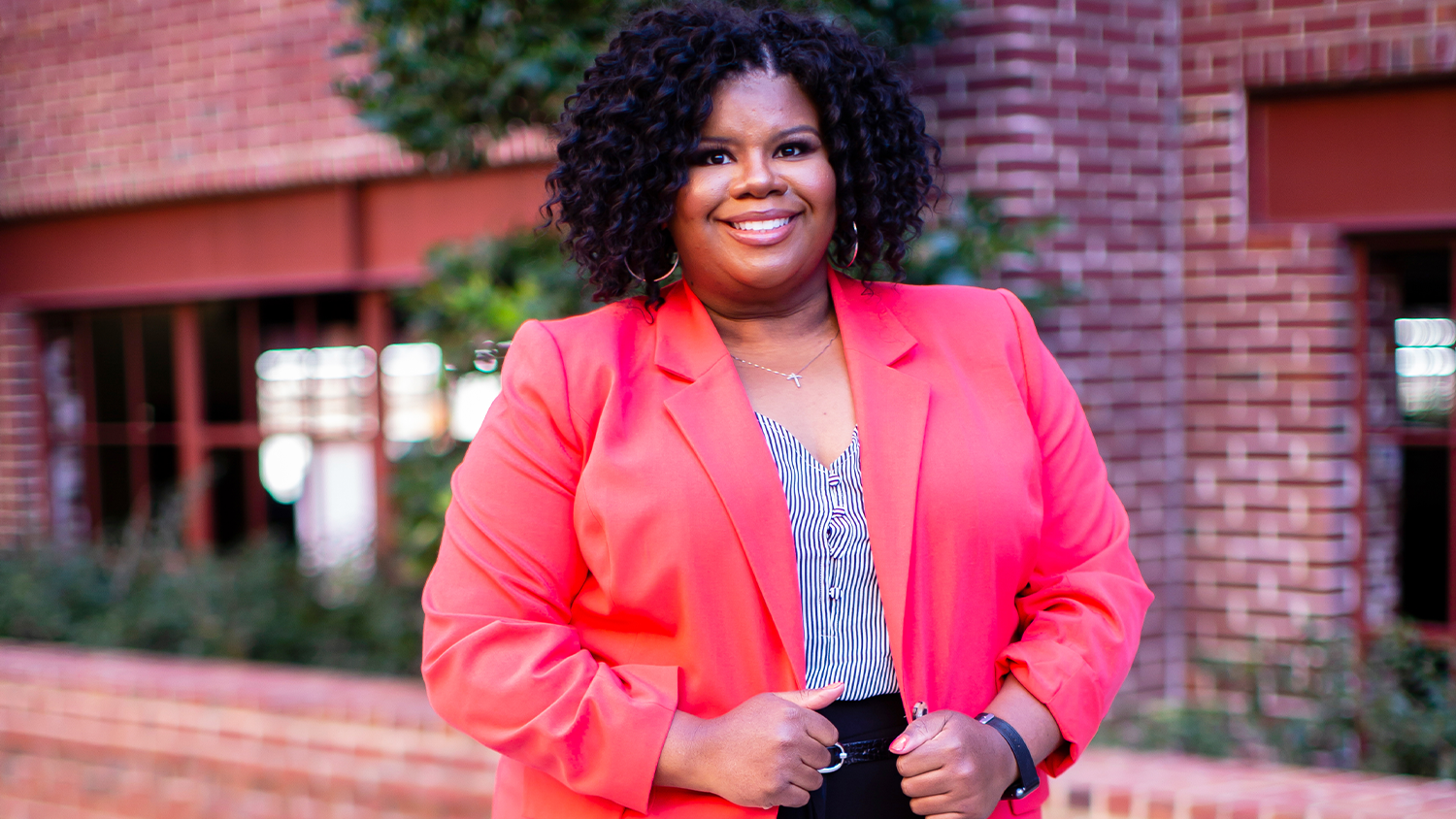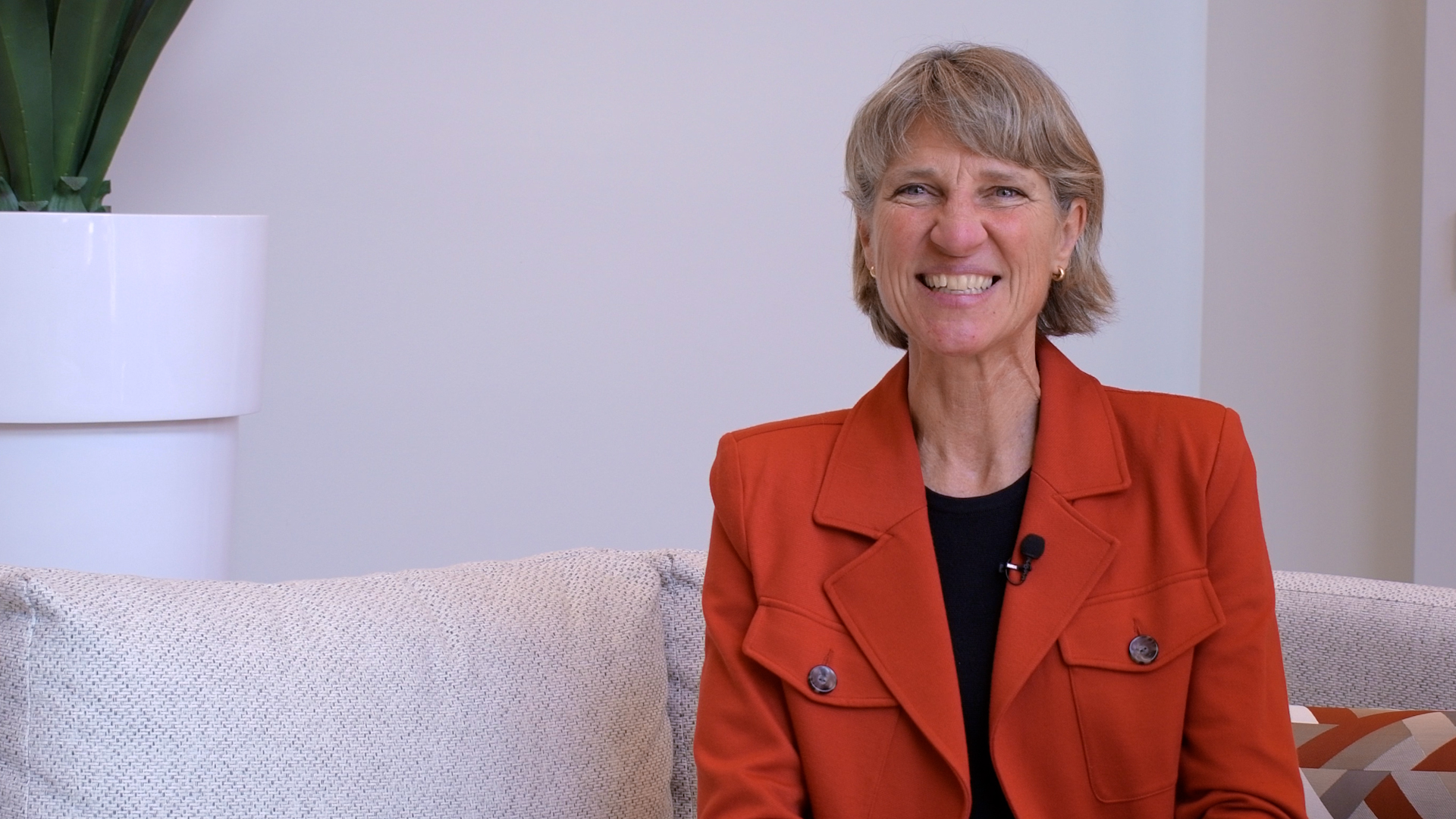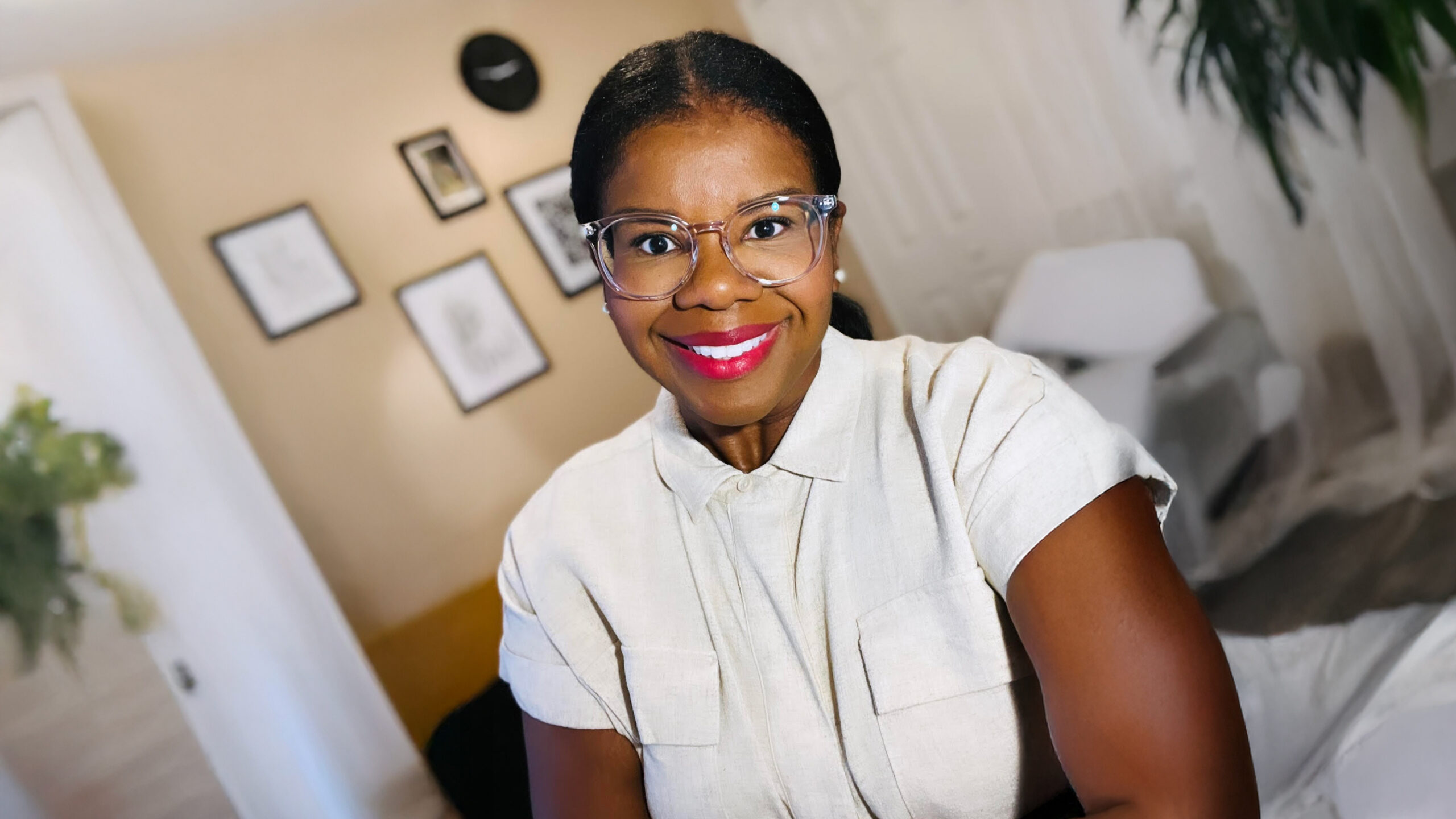Assistant Professor Jamie Pearson to Help Prepare Students with Autism for STEM Careers Through Work on $1.3M Grant-funded Project

Only 36% of students with autism enter into a postsecondary institution, compared to 75% of their neurotypical peers, and students with autism have some of the lowest rates of unemployment among individuals with disabilities. However, students with autism who do attend college are more likely than their peers to earn a STEM workforce credential and enter into a corresponding career.
To address the need to create workforce development models for students with autism, NC State College of Education Assistant Professor Jamie Pearson, Ph.D., is collaborating on a grant-funded project that will help prepare high school students with autism to enter postsecondary training programs in the geospatial and data science sectors.
The three-year, $1,345,466 “Connecting Students with Autism to Geographic Information Sciences and Technology (GIST) Careers” project, funded by the National Science Foundation, aims to help prepare students for careers that include surveyors, cartographers, geographic information science software engineers, intelligence analysts and remote sensing scientists. The project will use an innovative, research-based workforce development model that increases student self-regulation, interest and motivation while expanding their knowledge of geographic information science and workforce development technology.
Pearson is the co-principal investigator on the project alongside principal investigator Jason Painter, Ph.D., of The Science House in the NC State College of Sciences.
As an autism researcher and behaviorist, Pearson said her role will be to ensure that the project includes evidence-based practices and effective pedagogy that address the learning and behavioral needs of students with autism and to develop support plans for each student.
“Because autism is a spectrum disorder, every individual has very different needs. I think many people still identify with this idea of ‘high functioning’ and ‘low functioning’ while there is so much more variability,” she said. “When students with autism have behavioral and social communication supports in place, they are better able to access the content and curriculum. Together, our team will provide the specialized supports that students with autism need and the appropriate training and curriculum that can prepare them for future STEM fields.”
The project’s aim is to generate knowledge about how the design elements of the model intersect with self-regulation constructs among high school students with autism in face-to-face, online and hybrid learning contexts and to connect these findings to the best STEM education practices for youth with autism.
The project model, Pearson said, is unique because the team will approach STEM learning from a strengths-based perspective while broadening STEM participation among a population of students who are often overlooked in a growing segment of the labor market.
While Pearson said she hopes outcomes will be able to inform the education field about effective ways to simultaneously engage students with autism in self-regulation and STEM education, she also hopes to encourage others to engage in projects that provide broader support for children with disabilities.
“Some educators are intimidated by the idea of supporting students, both K-12 learners and college students, with disabilities. I hope that our project sheds some light on not only the importance of preparing students with autism for STEM careers, but I also hope that other researchers see this work as valuable and feasible,” she said.
The project will be conducted using three cohorts of students from Durham Public Schools, which Pearson said she is particularly excited about because of the diverse makeup of the district’s student body.
Black and Latinx students with autism, she said, often face disparities in diagnosis, access to care and in representation in research efforts. As a result, she said the partnership with Durham Public Schools was part of her intentional efforts to recruit more student populations that have been historically underserved in autism research.
“Oftentimes, we see studies like this one with very few Black and Brown participants, and that’s a problem. I think it is imperative that we recruit more historically marginalized students with autism to engage in programming and research that can facilitate better outcomes for them,” Pearson said.
- Categories:


